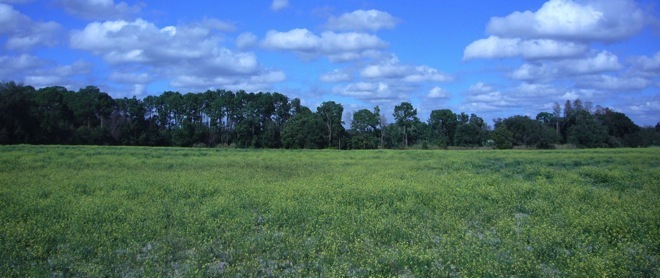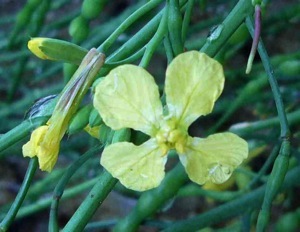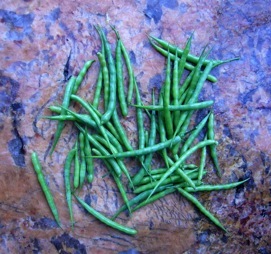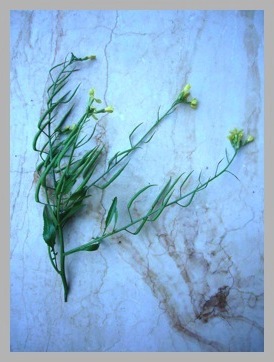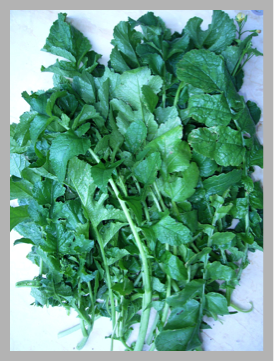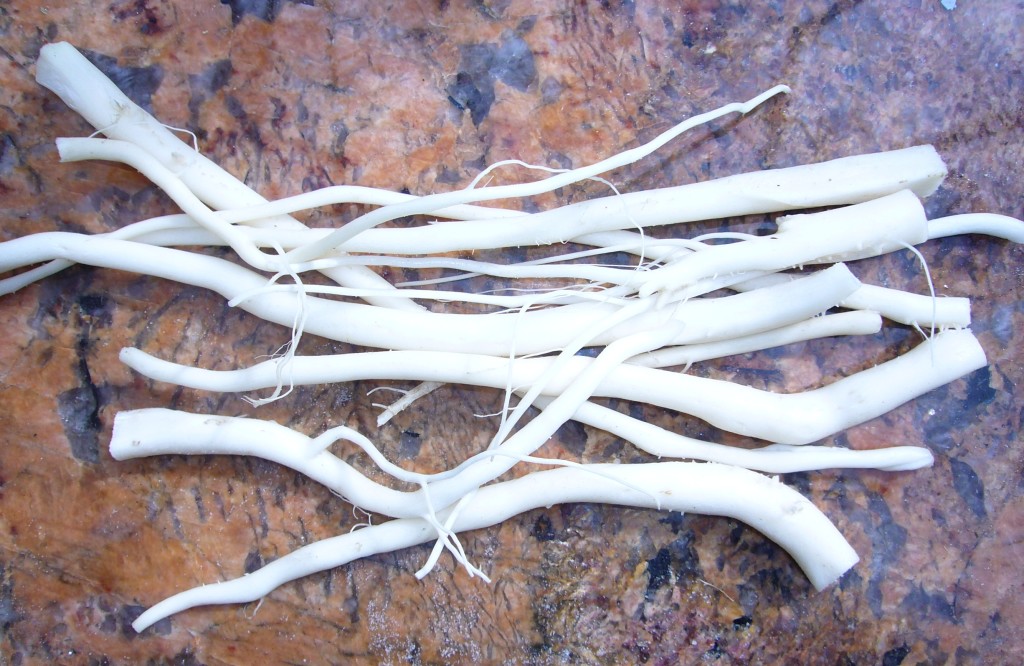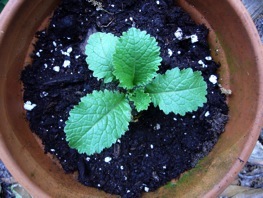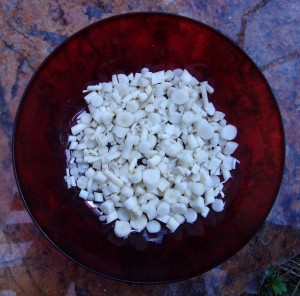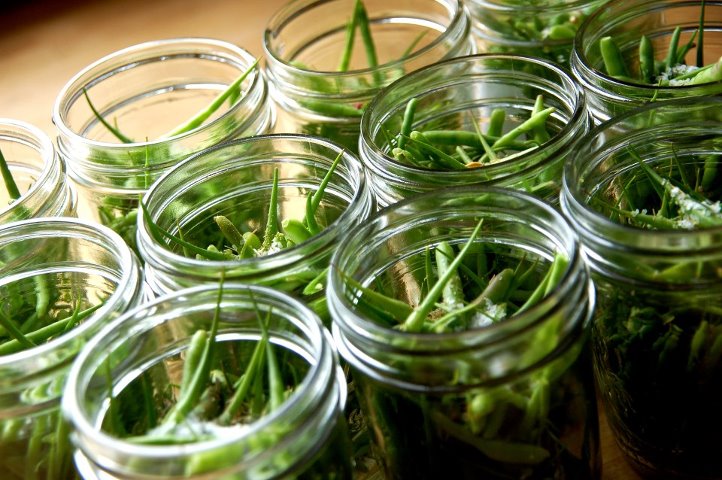Raphanus Raphanistrum: Radical Radish
The Wild Radish has an identity problem. It looks similar to it’s equally peppery cousin, the wild mustard. In fact, it really makes no difference which you have, both are edible, appear the same time and are used the same way. Both grow locally though I think radishs are more common. So, how do you tell them apart?
Wild radishes have singular flowers while mustards have a clump of flowers. The petals of the radish flowers are veined, mustard flowers are not. The seed pods of the radish are segmented, the mustard pods are not. Also wild radishes tend to grow to one or two feet high, maybe three. Wild mustards can four to six feet high. Usually just with a glance you can tell if it is a field of radis or mustards.
Like the mustard the greens of the wild radish make an excellent greens, boiled for 10 minutes or so in plenty of water. They are edible raw but can upset some tummies. In fact, many livestock owners consider the radish and the mustard toxic for the same reason, then again, cows have several stomachs to upset. I have eaten boiled radish greens for years and find them one of the tastiest short-lived plants of spring. That’s the only flaw of the Wild Radish, it’s here for a few weeks and gone. Thus for a few weeks I am busy harvesting, blanching, and freezing as much as I can process.
The blossoms are edible and the seed pods have many uses, from eaten raw to cooked to pickled. Few mention the edibility of wild radish roots. They are quite edible and remind me of kohlrabi in flavor, not a radish. They have vitamins B, C, rutin, and minerals. The tough, outer layer peels off like a separate jacket, often coming off in strips the way colors wrap around a barbershop pole. What is left is the clean, smooth, inner core of the roots. I dice them and cook them in plenty of boiling salted water for 45 minutes. Depending upon their age, they can be occasionally be fibrous but still quite tender and tasty. They do, however, smell like radishes when peeling and can fill the house with a sulfur aroma when cooking. The cooking water may also turn light tan. I like them with salt, pepper and butter. Cooked, they are not peppery at all but rather mild.
Also called the “Jointed Charlock” the Wild Radish’s name is a double take. Raphanus raphanistrum (RA-fah-nus raf-ahn-ISS-trum.) Both come from Raphanis, a Greek word that means appearing quickly. It was the the Ancient Greek name for this vegetable. “Charlock” comes via Old English from the French word “cerlic” the name for the plant.
Green Deane’s “Itemized” Plant Profile
IDENTIFICATION: Flower: Four sepals, four petals, six stamen, 4 long, 2 short, pistil in middle; Flowers tend to be solitary and petals clearly veined. Leaves lobbed, tough, stem round. The pods of wild radish break in fragments to expose the seed while the wild mustard open straight down the middle to expose the seed. Pods stick out around the stem like a spiral staircase. Under a yard high.
TIME OF YEAR: Springtime to summer in northern clims, winter in Florida.
ENVIRONMENT: Well-drained soil, sandy to rich, old pastures, gardens, lawns, roadside
METHOD OF PREPARATION: Leaves as potherb, seeds for spice or flavoring, can use flowers to flavor vinegar. Some young leaves can be used raw in salads. Try a little first. Roots, peeled of outer core then boiled.
Recipe by Pascal:
Take 3 part apple cider vinegar, 2 parts white wine, 1/2 clove garlic, a bit of California Bay Leaf and Italian Spices, red chili and voila! Oh…and a dash of sea salt as well per jar. Canning it for 15 minutes (water-bath canning).

